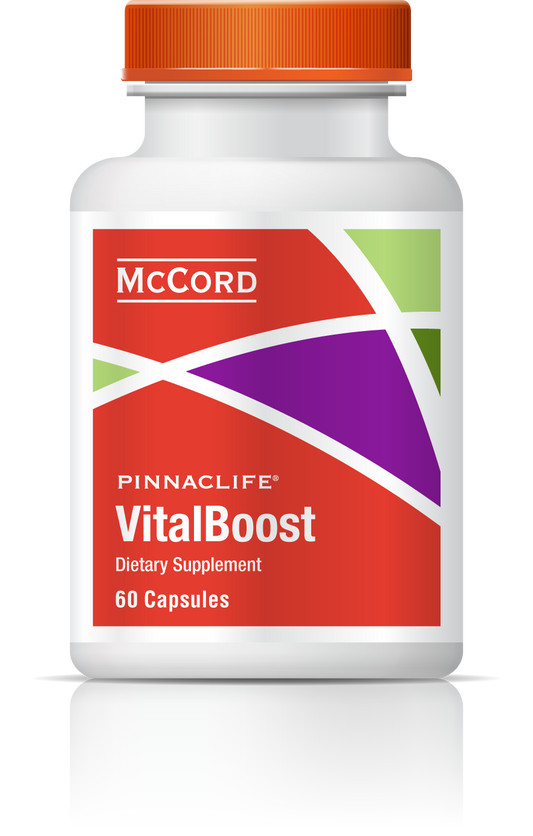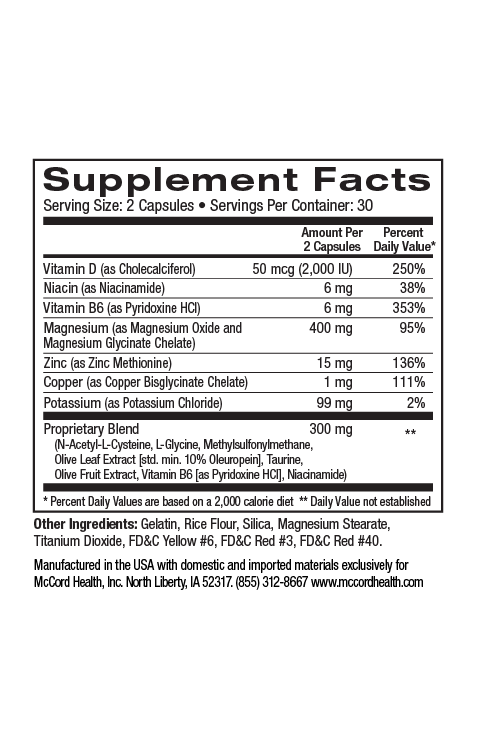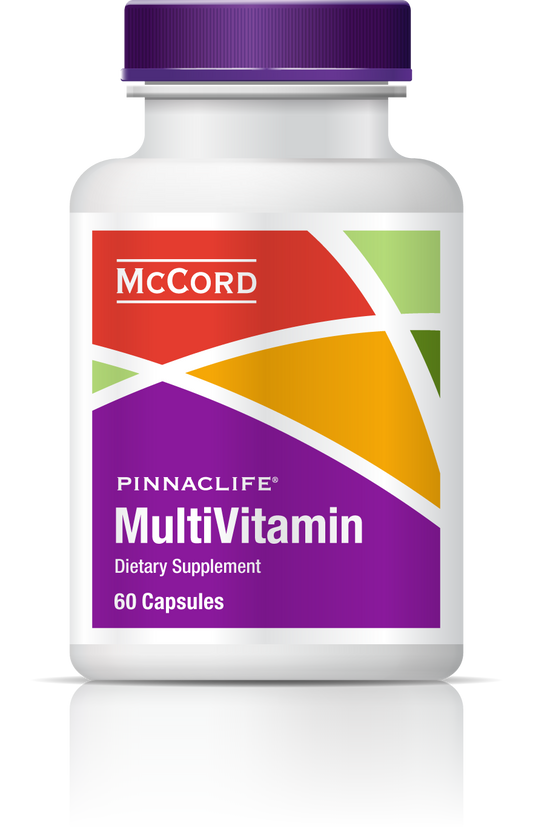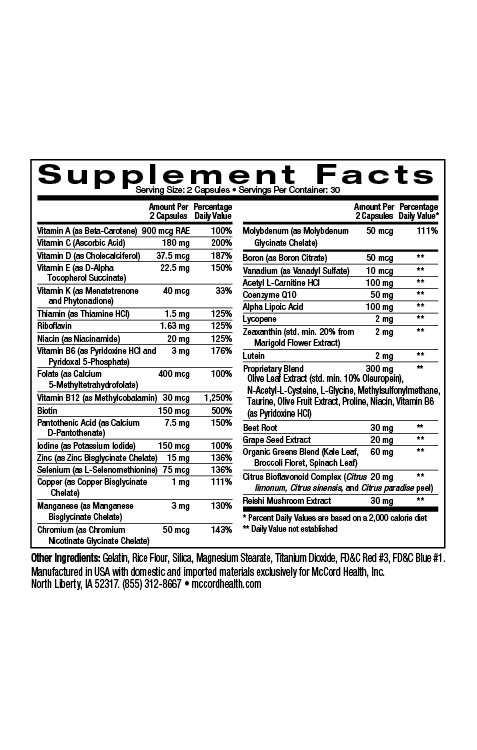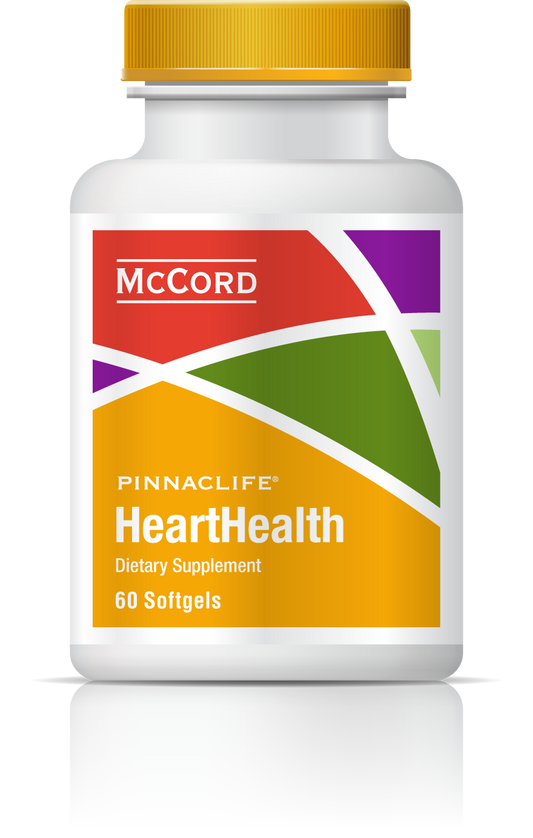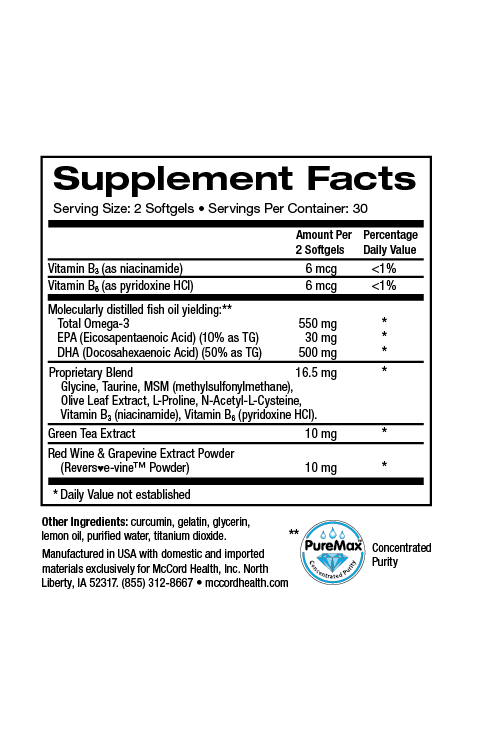The sun is a powerful source of energy and radiation that can be both beneficial and harmful. It feels great to get out in the sun, especially after a cold, rainy day, but the effects of too much sun can be incredibly damaging to skin health. The sunlight’s cellular and molecular effects depend on the radiation energy and penetration. The spectrum of solar radiation ranges from the shorter wavelengths of UVB and UVA to the longer wavelengths of visible radiation (VIS), near-infrared radiation (NIR) and infrared radiation (IR). UV radiation has more energy and is more penetrating. UVB radiation has more energy than UVA radiation.
UVA exposure, however, causes accelerated skin aging known as photoaging or extrinsic aging (as opposed to normal or instrinsic aging). Photo-aged skin is characterized by deep wrinkling, loss of elasticity, uneven pigmentation, dryness, and rough texture. The UV-induced degeneration of skin is a cumulative process that depends on the frequency, duration and intensity of exposure, as well as skin pigmentation. UV radiation and NIR radiation both give rise to the generation of reactive oxygen species (ROS). ROS play an important role in skin aging due to the fact that aged skin has a decreased ability to neutralize ROS leading to increased oxidative stress.
Viniferamine® skin and wound care products like Renewal Moisturizer include many potent antioxidant ingredients that counteract oxidative stress including the beneficial polyphenols oleuropein, resveratrol and epigallocatechin-3-gallate (EGCG) from olives, grapes and green tea respectively as well as the powerful small molecules melatonin and L-glutathione. In fact, Viniferamine® Renewal Moisturizer contains the most potent doses of Viniferamine®, as well as important scientific ingredients. Each ingredient has been perfectly balanced to achieve maximum skin restoration. Viniferamine® Clean N Moist is a gentle moisturizing cleanser that also includes beneficial skin nutrients that protect skin.
The depth of UV light penetration into skin increases with increasing wavelength. UVA radiation, which comprises 95% of earth’s radiation from the sun, penetrates the dermis completely unlike UVB radiation. Geographical variations including altitude and latitude determine UV strength. At higher altitudes where there is less of earth’s atmosphere for sunlight to penetrate, there is an increased health risk from sun exposure. However, UV strength is greatest at the equator due to the fact that the sun hits the earth most directly there. UV is also stronger during the summer season and in the middle of the day.
Skin pigmentation can help provide protection from UV. Greater amounts of the melanin pigment, eumelanin that is dark brown or black, are more protective. Another melanin pigment, pheomelanin, which is more red-colored and associated with the skin on lips and with red hair, is much less protective. Indoor tanning involves exposure to high doses of UV with the intent of triggering pigmentation responses in the skin. Tanning beds emit varying blends of UVA and UVB energy with more advanced beds emitting mostly UVA radiation due to the link between UVB, sunburn and melanoma. Multiple sunburns elevate the risk of skin damage and melanoma significantly. However, UVA radiation has also been linked with skin damage and carcinogenesis.
Sunburns result from damage to cellular DNA and an inflammatory response in the skin that begins with dilation of the cutaneous blood vessels resulting in erythema (redness) followed by edema (fluid retention and swelling). The sun-induced erythema is mediated by nitric oxide (NO) produced by keratinocytes as well as by prostaglandins. UV exposure damages epidermal cells including keratinocytes and skin immune cells known as Langerhans cells. UVA exposure can also result in damage to endothelial cells and dermal blood vessels. Due to immune cell damage, UVA radiation induces immunosuppression in skin making it more vulnerable to infections and cancer. It’s always best to wear protective clothing and limit skin exposure to the sun.
Viniferamine® skin and wound care products include ingredients that are photoprotective including EGCG, resveratrol and oleuropein. EGCG has been shown to counteract the detrimental effects of UV radiation on immunity. Resveratrol has been shown to protect human skin from damage induced by repeated exposure to UV radiation. In addition, photoprotection has been found with increased levels of the enzyme, heme oxygenase that is induced by oleuropein. Furthermore, two other beneficial ingredients found in Viniferamine® skin and wound care products, melatonin and niacinamide (nicotinamide), exert strong protective effects against UV-induced skin damage and immunosuppression, respectively.
Not all sun exposure is bad for skin. Short exposures can induce skin production of vitamin D, which has immune stimulatory properties. A protective role for vitamin D has also been demonstrated in studies where vitamin D treatment prevented UV-induced human skin cell death. The best way to protect skin from the damaging effects of the sun is to limit skin exposure, wear protective clothing, and strengthen skin with the beneficial nutrition found in Viniferamine® skin and wound care products that includes antioxidants, vitamins and amino acids to help promote the natural barrier function and cellular repair mechanisms of skin.
About the author: Nancy Ray, PhD is the Science Officer at McCord Research. Dr. Ray received her PhD in Biochemistry and Biophysics and was a postdoctoral fellow at NIH, Harvard University and Dana-Farber Cancer Institute, and the University of Iowa. She also earned bachelor of science degrees in Chemistry and Microbiology.
References
- Immunol Cell Biol 2001; 79: 547-568.
- Ageing Res Rev 2014; 16:1-11.
- Ageing Res Rev 2015; 21: 16-29.
- Int J Mol Sci 2014; 15: 18508-18524.
- Oxid Med Cell Longev 2012; ID 560682:1-8.
- Ann Plast Surg 2007; 58: 449-455.
- PLOS One 2015; 10: e0115341: 1-18.
- Exp Dermatol 2008; 17: 713-730.
- Antioxid Redox Signal 2014; 21: 1063-1077.
- Molecules 2014; 19: 6202-6219.
- Photochem Photobiol 2012; 88: 1083-1098.
- Int J Mol Sci 2014; 15: 17705-17732.
- Photodermatol Photoimmunol Photomed 2014; 30: 112-127.
- Int J Mol Sci 2013; 14: 1964-1977.
Disclaimer: These statements have not been reviewed by the FDA. The decision to use these products should be discussed with a trusted healthcare provider. The authors and the publisher of this work have made every effort to use sources believed to be reliable to provide information that is accurate and compatible with the standards generally accepted at the time of publication. The authors and the publisher shall not be liable for any special, consequential, or exemplary damages resulting, in whole or in part, from the readers’ use of, or reliance on, the information contained in this article. The publisher has no responsibility for the persistence or accuracy of URLs for external or third party Internet websites referred to in this publication and does not guarantee that any content on such websites is, or will remain, accurate or appropriate.
